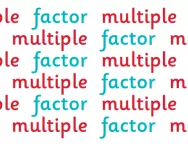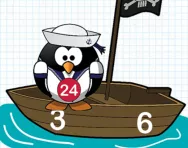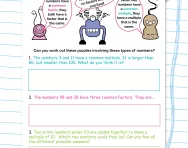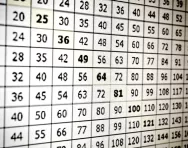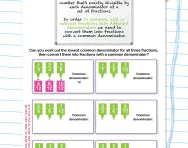TheSchoolRun.com closure date
As we informed you a few months ago, TheSchoolRun has had to make the difficult decision to close due to financial pressures and the company has now ceased trading. We had hoped to keep our content available through a partnership with another educational provider, but this provider has since withdrawn from the agreement.
As a result, we now have to permanently close TheSchoolRun.com. However, to give subscribers time to download any content they’d like to keep, we will keep the website open until 31st July 2025. After this date, the site will be taken down and there will be no further access to any resources. We strongly encourage you to download and save any resources you think you may want to use in the future.
In particular, we suggest downloading:
- Learning packs
- All the worksheets from the 11+ programme, if you are following this with your child
- Complete Learning Journey programmes (the packs below include all 40 worksheets for each programme)
You should already have received 16 primary school eBooks (worth £108.84) to download and keep. If you haven’t received these, please contact us at [email protected] before 31st July 2025, and we will send them to you.
We are very sorry that there is no way to continue offering access to resources and sincerely apologise for the inconvenience caused.
What is the lowest common multiple?
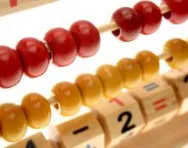
What is the lowest common multiple?
The lowest common multiple of two numbers is the smallest whole number which is a multiple of both. Teachers may introduce this concept to more able Year 6 children.

Quick reminder: a multiple is a number that can be divided by another number a certain number of times without a remainder.
How to find the lowest common multiple
The basic rule is to list the multiples of the larger number and stop when you get to a multiple of the smaller number. For example:
What is the lowest common multiple of 3 and 8?
Multiples of 3 are 3, 6, 9, 12, 15, 18, 21, 24...
Multiples of 8 are 8, 16, 24, 32, 40...
So the lowest common multiple of 3 and 8 is 24.
A more difficult challenge may be to ask for the lowest common multiple of a group of three or four numbers.
For example:
What is the lowest common multiple of 6, 15 and 20?
- Start writing out the multiples like this:
- Multiples of 6 are 6, 12, 18, 24, 30, 36
- Multiples of 15 are 15, 30, 45, 60
- Multiples of 20 are 20, 40, 60, 80
- Both 6 and 15 have multiples of 30, however 20 cannot have a multiple of 30. Both 15 and 20 have a multiple of 60. I know that 6 also has a multiple of 60, because 6 x 10 = 60.
- Because 60 is the only multiple all three numbers have in common, 60 is the lowest common multiple of the three numbers.

